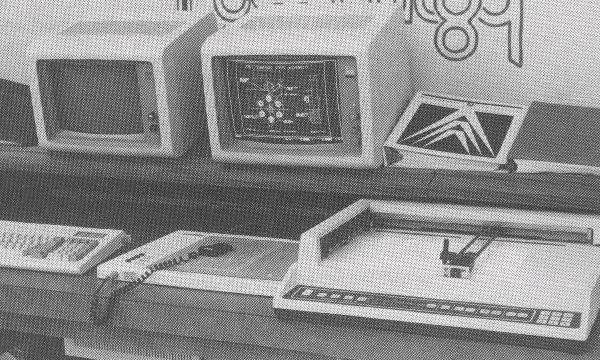
FIGURE 1-1 An early, inexpensive PC-based CAD system consisting of a microcomputer,
keyboard, digitizing tablet, and an X-Y plotter. (Courtesy of East Tennessee State University)
CAM is the acronym for Computer-Assisted (or -Aided) Manufacturing. Because N/C machine tools are the predominant industrial application for programmable controllers (a form of a computer), CAM consists primarily of N/C.
CAD is the acronym for Computer-Aided (or -Assisted) Drafting (or Drawing or Design, depending on which expert you choose to consult). It is a form of computer graphics dealing primarily with engineering design and similar drawings. In its simplest terms, it is a process of constructing a geometric design of lines, circles, and points which represent the geometric shape of a piecepart (or assembly of pieceparts) on the screen of a computer (Figure 1.1), and then using the computer to drive an X-Y plotter to make the engineering drawings. In its more sophisticated forms, CAD is capable of performing stress analyses and examining other aspects of engineering design.

FIGURE 1-1 An early, inexpensive PC-based CAD system consisting of a microcomputer,
keyboard, digitizing tablet, and an X-Y plotter. (Courtesy of East Tennessee State University)
CAD/CAM is simply the "marriage" of the computerized forms of drafting/design and manufacturing, which are two ordinary kinds of manufacturing activity. Computer graphics is the CAD part and N/C is the CAM part i.e., the chipmaking part of CAD/CAM.
Computers have become entrenched in our everyday life; it is said that society is now controlled by computers, but that simply is not true. Society is controlled by people who use computers. A computer is a tool, nothing more nor less. It is a very powerful tool capable of performing a wide variety of operations--if used by one familiar with its capabilities and techniques of usage. Computers are the height of "dumbness." A computer is capable of doing nothing except what it is TOLD to do! And it does exactly what it is told to do (which might not be what is desired). Tell the computer to "screw up" by giving it erroneous instructions, and it will obey. A computer is like a blank page of paper. It can represent only what someone "writes" on it (or in it).
Computers can generally be classified into two groups. The first group is the general-purpose computer. General-purpose computers are in turn grouped arbitrarily into three subcategories according to their relative size: (1) microcomputers, which are typically the home and/or personal-sized computers such as the typical Intel/Windows PC or Apple computers; (2) engineering workstations or minicomputers which can be basically thought of these days as "supercharged" PCs often running the UNIX or LINUX operating systems that have significantly more speed, RAM, storage space, and graphics capability than a home or business machine; and (3) the big mainframe computers used by large corporations and for the more sophisticated CAD/CAM systems. The breathtaking pace of computer technology advancement makes the "minicomputer" subgroup more of a moving target: the equivalent of an engineering workstation that cost $250,000 some five years ago might be purchased now at a discount retailer for just a bit more that one hundredth of that cost.
The second group of computers includes the special-purpose computers designed for specific applications. The previously discussed programmable controller--such as an N/C controller (Figure 1.5)--is an example of a special-purpose computer. It is designed to do only one thing: direct the operation of an N/C machine tool. It is a programmable special-purpose computer. Other examples of programmable special-purpose computers are found on space vehicles, robots, and aircraft. Examples of nonprogrammable special-purpose computers are found in automobiles and many common consumer appliances. Their "programs" are built-in, or "burned" into their inner workings.
| Where Do People Fit In? |
|---|
Back to Contents Page
Updated Jan. 9, 2002
Copyright © 1988-2002 by George Stanton and
Bill Hemphill
All Rights Reserved